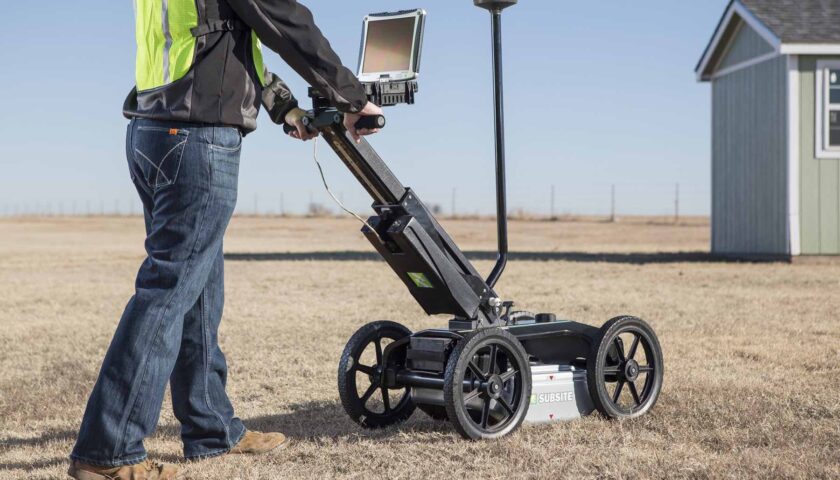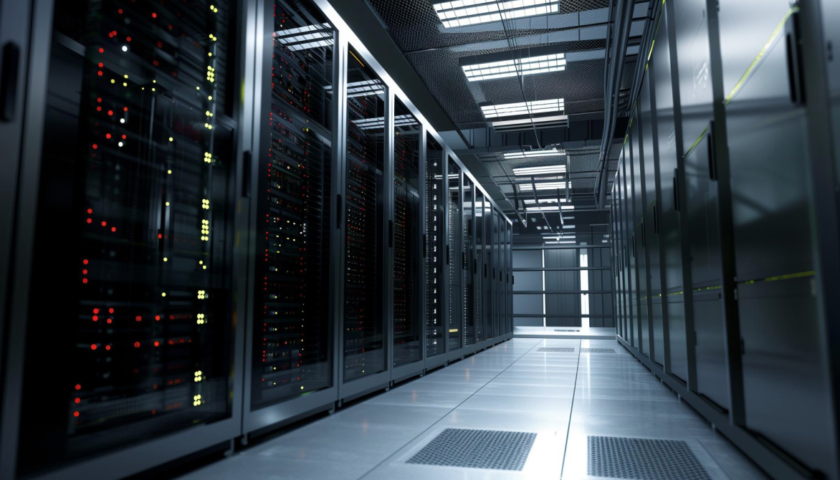Introduction to Reception Desk
The reception desk, often considered the focal point of any business or office space, serves as the gateway to a company’s professionalism and efficiency. Beyond its utilitarian function, the reception desk has evolved over the years to become a symbol of hospitality, branding, and the overall corporate identity. In this article, we will delve into the history, design trends, and the critical role that reception desks play in shaping the first impressions of clients, visitors, and employees.
Historical Perspective
The concept of a reception area is not a recent development; it has roots in ancient civilizations where the need to manage incoming guests was recognized. In ancient Rome, for example, a designated area called the “atrium” served as a place for social interaction and greetings. Over the centuries, this concept evolved, taking on different forms across cultures.
However, the modern reception desk as we know it today began to take shape in the mid-20th century, aligning with the rise of corporate culture and the emphasis on creating welcoming environments for clients and employees. It became a functional hub for administrative tasks, a point of contact for visitors, and a showcase for the company’s brand identity.
Design Trends
Reception desk design has come a long way from simple wooden counters to contemporary, aesthetically pleasing installations that seamlessly blend form and function. Design trends in reception desks have been influenced by factors such as technology, ergonomics, and the changing nature of workspaces.
Technology Integration
With the advent of technology, reception desks have become more than just a surface for paperwork. Modern reception desks often incorporate integrated technology, such as touch-screen displays, visitor management systems, and communication tools. This not only enhances efficiency but also contributes to a futuristic and tech-savvy image.
Ergonomics and Accessibility
As the focus on employee well-being and accessibility has increased, reception desk designs have adapted to be more ergonomic and inclusive. Adjustable height desks, wheelchair-accessible designs, and thoughtful layouts contribute to a more comfortable experience for both visitors and reception staff.
Materials and Aesthetics
Aesthetics play a crucial role in creating a lasting impression. Contemporary reception desks make use of a variety of materials, including glass, metal, and sustainable options, to convey a sense of style and sophistication. The design often aligns with the overall branding of the company, reinforcing its visual identity.
Multipurpose Functionality
Recognizing the need for multifunctional spaces, reception desks are now designed to serve multiple purposes. They may include storage solutions, display areas for company literature or products, and even integrated seating for brief consultations.
The Importance of the Reception Desk
First Impressions Matter
The reception desk is the first point of contact for anyone entering a business or office space. It sets the tone for the entire experience and is a reflection of the company’s values and professionalism. A well-designed and organized reception area conveys a positive first impression, leaving visitors with confidence in the organization.
Branding and Corporate Identity
The reception desk is a powerful tool for expressing and reinforcing a company’s brand identity. Through careful selection of materials, colors, and design elements, businesses can create a cohesive and memorable brand image that resonates with clients, partners, and employees alike.
Efficiency and Functionality
Beyond aesthetics, the reception desk serves practical purposes. It acts as a central hub for administrative tasks, managing inquiries, phone calls, and visitor check-ins. An efficiently designed reception desk contributes to the smooth operation of daily activities, enhancing overall workplace productivity.
Employee and Visitor Experience
For employees working at the reception desk, the design directly impacts their daily experience. A well-thought-out and ergonomic design can contribute to employee satisfaction and productivity. Additionally, a comfortable and visually appealing reception area creates a positive experience for visitors, fostering a sense of welcome and hospitality.
Conclusion
In conclusion, the reception desk is a dynamic and integral part of modern business spaces, evolving from a functional necessity to a strategic element that shapes the perception of a company. As businesses continue to adapt to changing trends and technologies, the reception desk will likely remain a key focal point, playing a crucial role in creating lasting impressions and contributing to the overall success of an organization.





